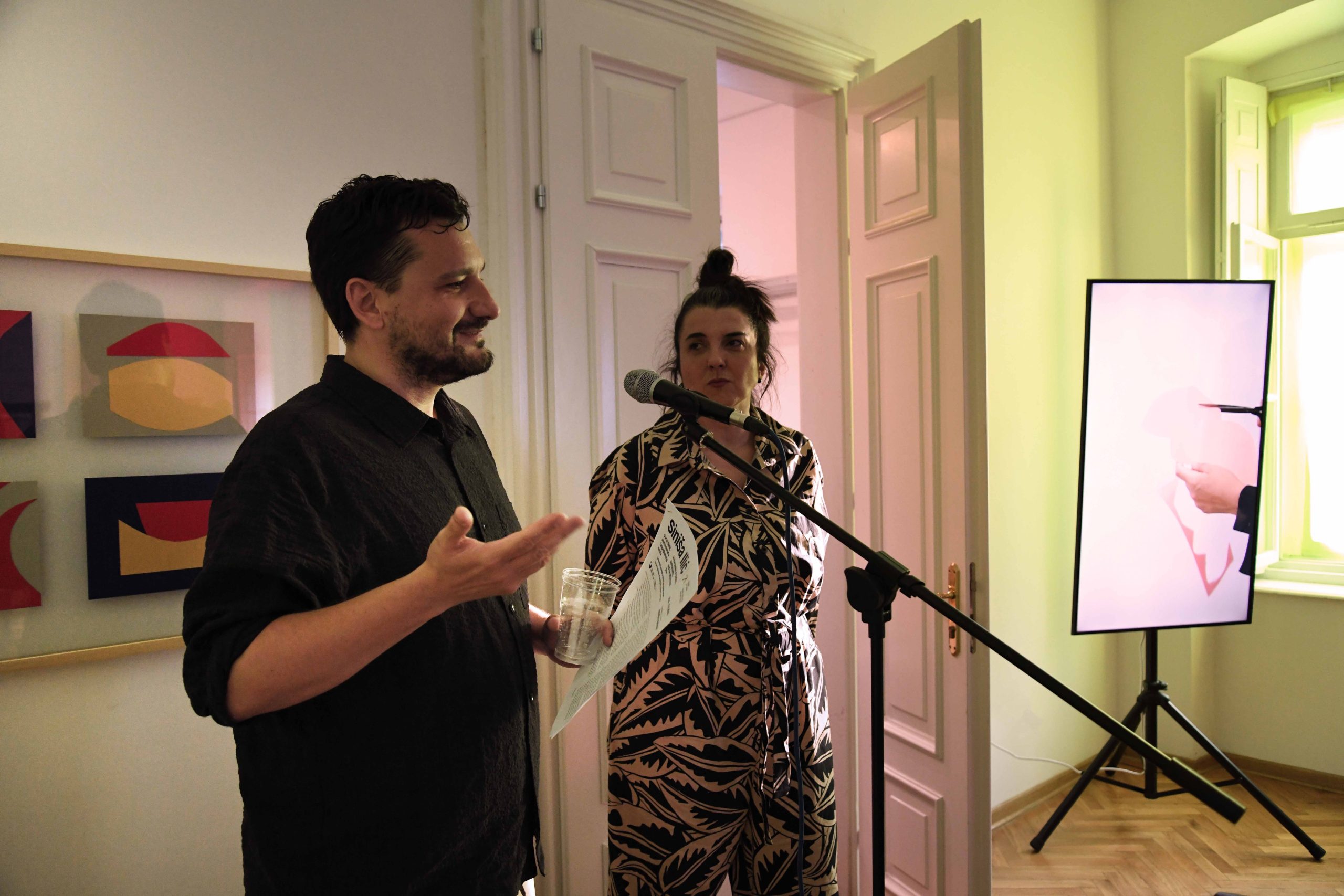
Sinisa Ilic’s Exhibition Opens at the Petrovic Castle: In the Garden of Bodies, Instruments, and the Afternoon Sun
Last night, the exhibition In the Garden of Bodies, Instruments, and the Afternoon Sun by visual artist Siniša Ilić was officially opened at the Petrovic Castle, organized by the Museum of Contemporary Art of Montenegro.
The ambient installation, displayed on the first floor of the Castle, is conceived as a narrative, choreographed space where contemporary artistic expressions intersect with works from the Collection of Art from Non-Aligned Countries. Through drawings, video works, textile elements, and archival material, Ilić creates a vibrant network of meanings where past and present intertwine, and the institutional collection opens up to contemporary interpretations and experiences.
Speaking at the opening, the exhibition’s curator, Natalija Vujošević, highlighted the symbolism behind the exhibition’s title and the role of the traditional Indonesian instrument Angklung in the artist’s research.
“The title of the exhibition – In the Garden of Bodies, Instruments, and the Afternoon Sun – opens space for interpreting intimacy, sensitivity, and everyday utopias. At the heart of the exhibition is an encounter with the Angklung – an instrument that takes the artist back to the music education classrooms of late-socialist Belgrade, where it served as a pedagogical bridge between everyday life and the Yugoslav geopolitics of solidarity. It is through this detail that the exhibition develops a layered narrative about education, collectivity, and cultural exchange.”
Artist Siniša Ilić expressed gratitude to the team at the Museum of Contemporary Art of Montenegro for their openness, support, and close collaboration throughout the exhibition’s development.
“It’s important for institutional collections – like this one – to open up to new themes and create opportunities for artists, collectives, researchers, and curators to work with museum materials, to exhibit and interpret them from different perspectives. Whether through artistic presentation or research, this kind of dialogue with institutional heritage enables new meanings. I’m truly pleased to have had the chance to establish such a relationship through this exhibition, and I sincerely thank the entire museum team for their collaboration.”
The exhibition also includes eleven carefully selected works from the Non-Aligned Collection, as well as pieces by artists from Angola, Cuba, Togo, Zimbabwe, and other countries, which in this context open space for new, intimate, and political readings of history, resistance, and everyday life.
The exhibition is part of the Non-Aligned Art Collection Laboratory program and will remain open to visitors until September 5, 2025.
